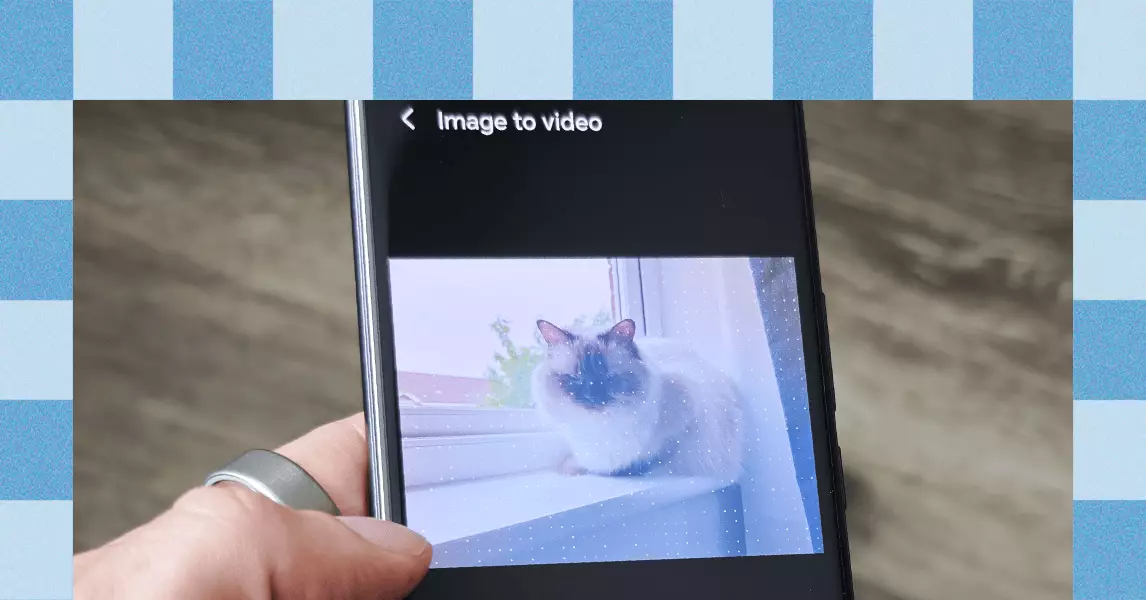The introduction of Honor’s midrange smartphones, namely the Honor 400 and 400 Pro, has stirred both excitement and skepticism in the tech community. While typically relegated to the shadows of flagship devices, these models boast a groundbreaking feature: the integration of Google’s image-to-video AI generator, based on the Veo 2 model. Unfortunately, for American audiences, these devices remain out of reach. However, those who can access them may find themselves at the intersection of innovation and unexpected artistry.
The Magic and Madness of Image-to-Video Technology
Harnessing the capabilities of Google’s AI, users can morph still images into five-second videos directly through the Gallery app. This feature invites users to explore the boundary between traditional photography and modern digital animation. The concept is undeniably intriguing. After experimenting with various subjects ranging from serene landscapes to intimate family moments, the outcomes oscillate between captivating and disconcerting. The allure of creating movement from a static image is powerful, yet the AI’s interpretations can often stir confusion, raising the question: how should we, as users, navigate this new terrain?
Art or Distortion? The Ethical Quandary
History shows that photography has always been a malleable medium; enhancements and manipulations are integral to its evolution. With AI’s exponential capabilities, we’ve moved from simple image touch-ups to an entirely new frontier—video generation. This leap can simultaneously be seen as an artistic innovation and a deceptive distortion of reality. As we increasingly tweak and alter what we perceive as “real,” we must confront our ethical responsibilities. Should we embrace this frontier, or do we risk diluting genuine human expression?
A Journey Through the Uncanny Valley
Using the Honor Gallery app is simple enough: select a photo, adjust the aspect ratio, and watch as AI breathes new life into it. Yet, the experience can be bizarre. The animation results evoke a striking “uncanny valley” sensation. For example, I watched in disbelief as the AI misinterpreted my wife’s expression, animating her in a way that felt eerily unnatural. Even more unsettling was my daughter’s animated portrayal, which introduced a series of facial tics, raising alarm rather than amusement. Although I enjoyed my own video depiction, the unsettling awareness lingered—was this truly an improvement or simply an artificial mimicry?
The Future of Personal Expression
These unique devices provide a merit-worthy exploration into the realms of creativity. Social media and digital expression have always been intertwined with filters and edits, but AI’s intervention introduces a vastly different dynamic. As we continue to navigate this rapidly changing landscape, engagement with these technologies must be paired with thoughtful consideration. Are we enhancing our creative storytelling, or are we losing touch with authenticity? The debate is ongoing, and as tech enthusiasts, it’s our responsibility to engage critically and constructively with emerging innovations—because the future of personal expression hinges on our collective choices today.

